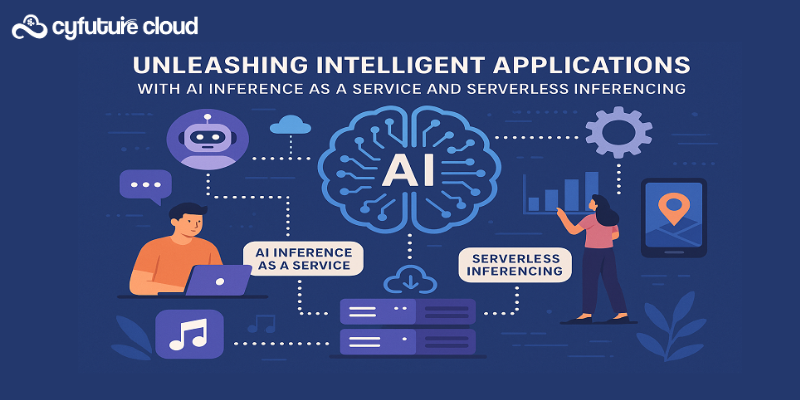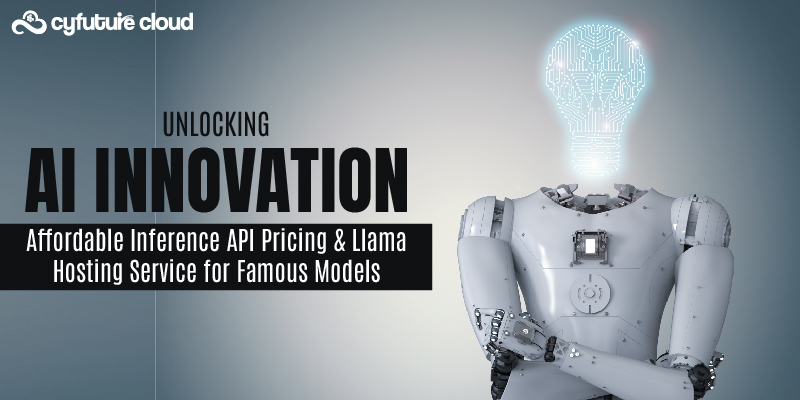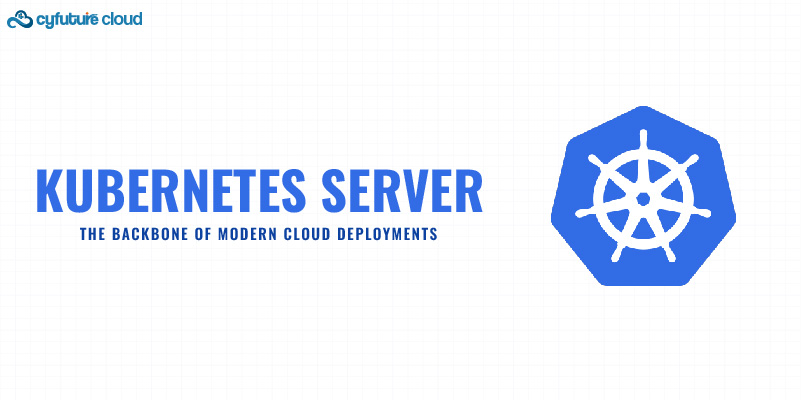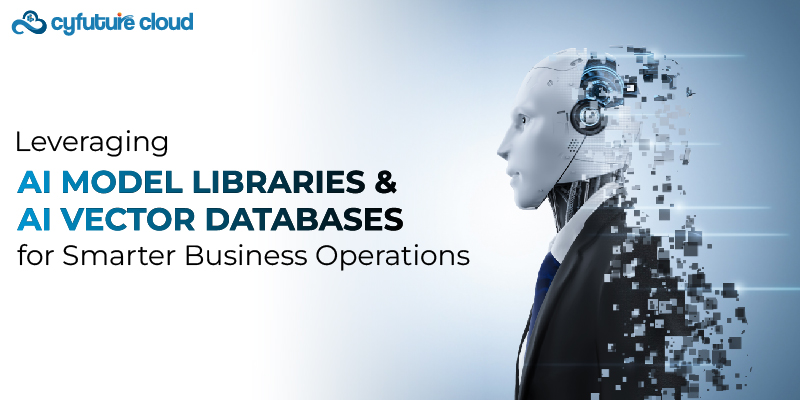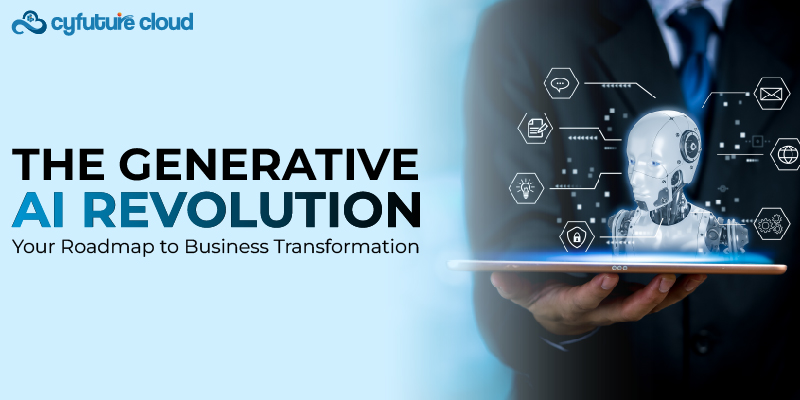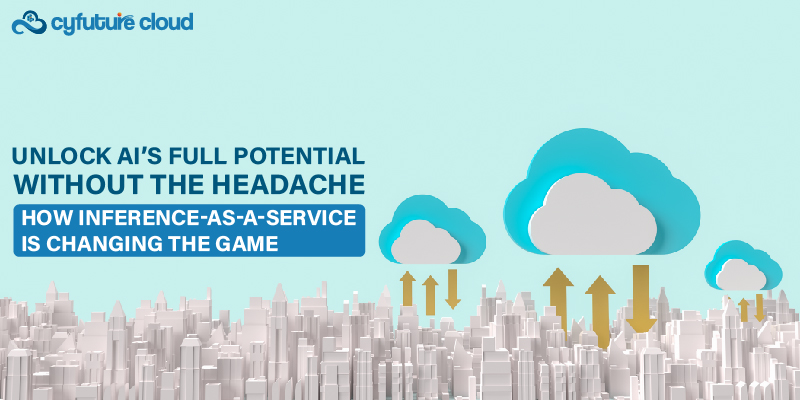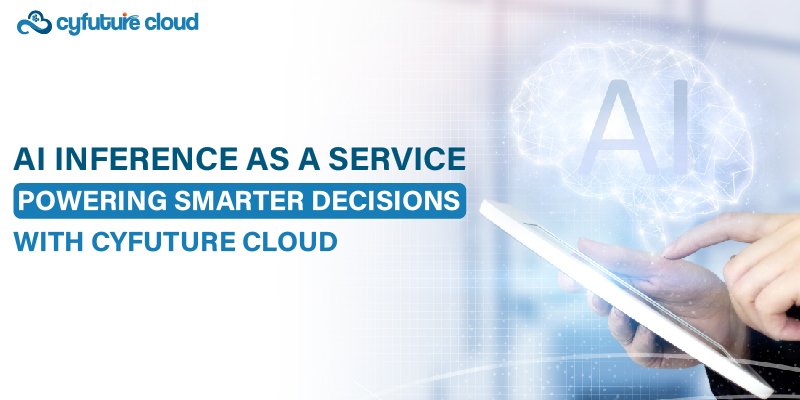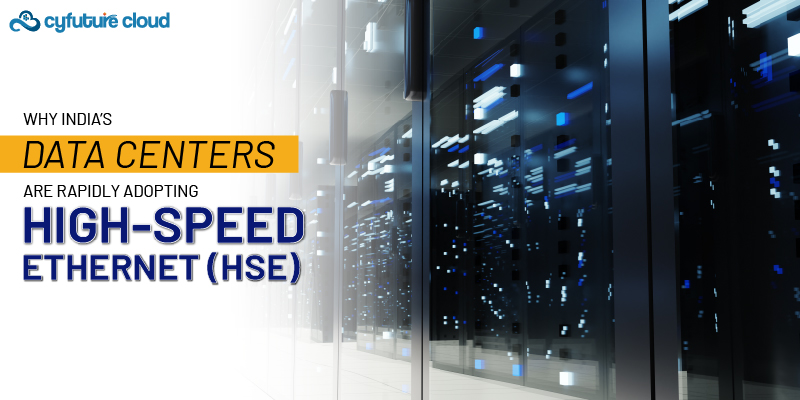Table of Contents
- Different Types of Cloud Migration
- What are the advantages of moving to the cloud?
- What kinds of cloud migration are there?
- Obtain crucial information for more accurate assessment and planning.
- Recognize the requirements and usage of the application
- Minimise interruption and avoid delays while moving to the cloud
- Make cloud operations easier
- Cyfuture Cloud is a cloud-based platform.
For every cloud platform you pick, whether public or private, re-platforming, re-hosting, refactoring, or hybrid, Cyfuture Cloud ensures success at every stage of your migration journey.
Your business strategy must include the cloud. With Cyfuture Cloud, you may successfully migrate to the cloud by avoiding common risks.
Companies are now looking to the cloud to experience the advantages of cloud computing in order to replace outdated and increasingly inefficient legacy infrastructures, such as aging servers or potentially unreliable firewall appliances, or to get rid of hardware or software solutions that are no longer performing at their best. This is the reason why so many businesses are, at the very least, moving some of their operations to the cloud.
We are aware that moving to the cloud is essential to achieving updated and real-time performance. As a result, careful planning, analysis, and execution are necessary throughout the process to guarantee that the cloud solution meets your company’s needs.
While reading further, you also get a hand on secure cloud hosting for your business with Cyfuture Cloud.
Different Types of Cloud Migration
| Migration Type | Description |
|---|---|
| Lift and Shift | Also known as rehosting, it involves moving applications and data from an on-premises environment to the cloud without significant modification or redesign. |
| Replatforming | Involves making some adjustments to the existing applications to optimize them for the cloud environment, such as changing the infrastructure or middleware components. |
| Refactoring/Rearchitecting | Involves significant changes to the application architecture to leverage cloud-native features like serverless computing or microservices for better performance and scalability. |
| Repurchasing | Involves migrating to a different cloud-based software rather than the existing on-premises application, such as moving from a self-hosted CRM to a cloud-based CRM solution. |
| Retiring | Involves decommissioning or eliminating certain applications or components that are no longer needed or replaced by cloud-native services. |
| Retaining | Involves keeping certain applications or components on-premises due to specific compliance, security, or performance requirements. |
What are the advantages of moving to the cloud?
The cloud can have a huge impact on businesses that go through the cloud migration process.
The total cost of ownership (TCO) will be lower, delivery will happen more quickly, and there will be more options for innovation. Agility and flexibility, two qualities that are essential to satisfy shifting customer and industry expectations, come with cloud access.
What kinds of cloud migration are there?
Depending on the services a business actually need, cloud computing can be implemented in a variety of ways.
Two aspects must be taken into account by a business while developing its cloud migration plan. The deployment model—public cloud, private cloud, hybrid cloud, and multi-cloud—should be taken into account initially. The service category makes up the second component. Will it be IaaS (Infrastructure as a Service), PaaS (Platform as a Service), or SaaS (Software as a Service)?
There are numerous migration strategies that your business can select from. From a straightforward lift-and-shift operation known as re-host, which involves moving data and applications from a local, on-premises data center to the public cloud, to switching to a completely new cloud-based operating system (re-platform), which has the benefit of lowering operational costs, to upgrading application components to comply with new standards, there are many different types of lift-and-shift operations. A cloud migration, or cloud-to-cloud migration, can also involve moving data and applications from one cloud platform or provider to another.
Unclouding, often referred to as a reverse cloud migration or de-clouding, is a third type of migration in which data or applications are transferred from the cloud and back to a local data centre.
Make better plans
Make sure the software is effective in the cloud and that the new design and cloud architecture are sound. For thorough evaluation and effective design, Cyfuture Cloud offers crucial insights about the present application, including its architecture, consumption, resources, dependencies, and more.
Be more rapid
Service delivery is impacted and delayed by issues with cloud migration. Utilize automated root-cause analysis with end-user effect as the top priority. Make sure the migration goes more quickly and without a hitch by fixing issues more quickly and even blocking bad code builds before they enter production.
Simpler operation
Ensure that the service delivery standards for your new cloud-based environment are met. AI eliminates war rooms and lowers TCO by ensuring quick, proactive problem detection and resolution. Your operations will transition to the cloud seamlessly because Cyfuture Cloud links application services automatically before and after the migration.
Obtain crucial information for more accurate assessment and planning.
- Automatically generate an interactive dependency map of all application components across the entire stack in a matter of minutes.
- Recognize data sources and activity.
- Identify the dependencies and external resources.
Recognize the requirements and usage of the application
- Observe how users utilise the programme and how they access it.
- Decide on important business KPIs and transactions.
- Create a thorough performance baseline automatically.
- To ensure proper sizing and capacity planning, use performance metrics.
Minimise interruption and avoid delays while moving to the cloud
- The application and component components are fully observable in real time with Cyfuture Cloud migration tools, ensuring design compliance.
- Artificial intelligence aggressively identifies the underlying causes of problems by actively learning the behaviour of applications, spotting anomalies, and detecting them.
- Automated tests can be used to find architectural regressions. To halt faulty builds early in your delivery process, Cyfuture Cloud interfaces with your CI/CD tool chain.
Make cloud operations easier
- Infrastructure, containers, and cloud services are completely transparent thanks to multi-data center observability.
- Real-time visualization is provided for all pertinent metrics for each user, application, and transaction.
- For continued SLA tracking, cloud services are automatically linked to their pre-migration versions.
Cyfuture Cloud is a cloud-based platform.
- All significant cloud platforms are monitored by Cyfuture Cloud using cloud-native technology.
- Auto-detect cloud services and applications on AWS, Azure, Cloud Foundry, OpenStack, OpenShift, and other platforms.
- Observability into containers is gained from the standpoint of the application.
Recent Post
Send this to a friend

 Server Colocation
Server Colocation CDN Network
CDN Network Linux Cloud Hosting
Linux Cloud Hosting Kubernetes
Kubernetes Pricing Calculator
Pricing Calculator
 Power
Power
 Utilities
Utilities VMware Private Cloud
VMware Private Cloud VMware on AWS
VMware on AWS VMware on Azure
VMware on Azure Service Level Agreement
Service Level Agreement 

